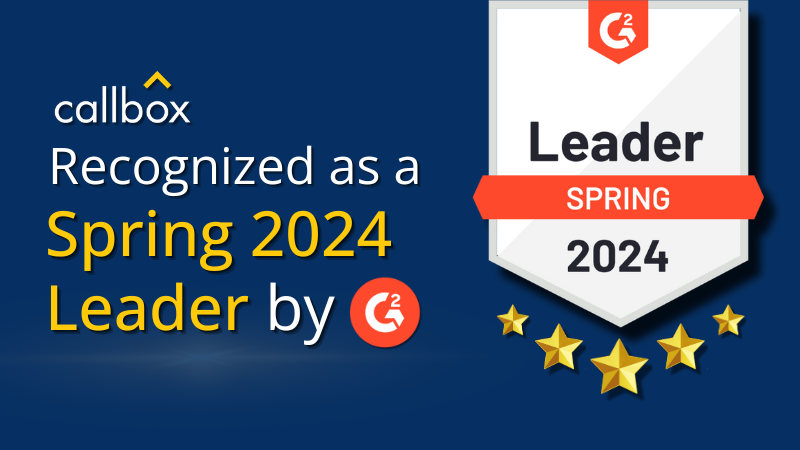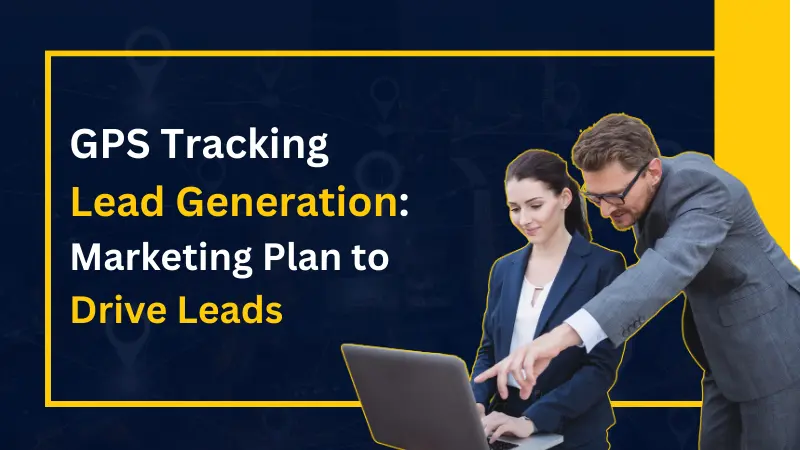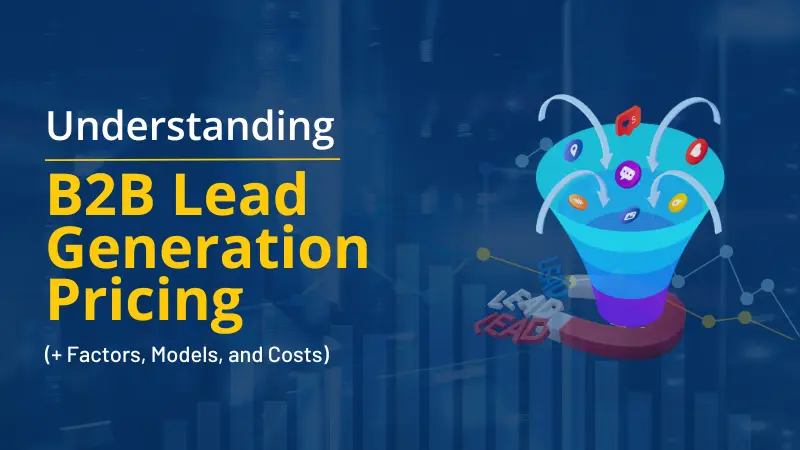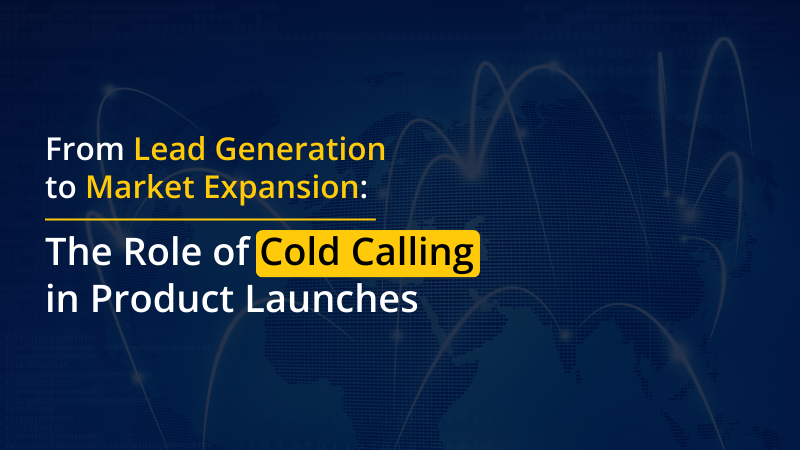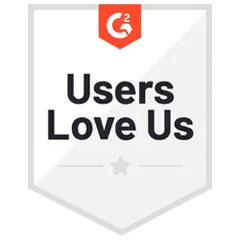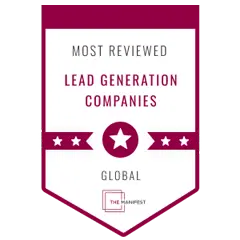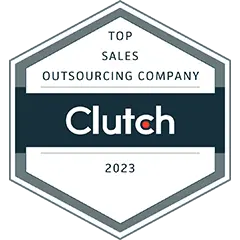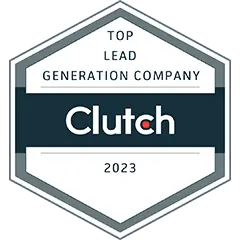The sales pipeline is a set of strategies and stages which organize the movement of leads from start to finish. It guides businesses through the confusing maze of the buyer’s journey as it keeps sales and marketing aligned, and scales revenue growth.
As much as it is important, the B2B pipeline is as complex as the buyer’s journey because there’s no one-size-fits-all strategy. In other words, there are 101 ways how to do it depending on the needs of each business.
But no matter what strategy your company is using, the sales pipeline has three common stages: lead nurturing, lead qualification, and closed deal.
These stages begin right after you stimulate and capture the interest of your target audience during the lead generation process via email, events, or content.
Stage #1: Lead Nurturing
Companies who have a lead nurturing program acquires more sales-ready lead but spends less than those who do not have. This stage is where you build trust that leads to conversion. It’s like taking the perfect catch on a date. Since you’ve already convinced that person to go out with you, you no longer need to hard sell or act aggressively. Instead, you have to smoothly and seamlessly guide your ‘date’ to finally say ‘YES’ to you.
So what do you do?
Like a man trying to win a woman, you have to be where your prospects are, ready to answer their questions. At this point, it will be to your advantage if you focus more on the potential impact of your solutions rather than hard-selling your product or service. Remember – prospects would prefer to understand the results than the process.
Related: A Crash Course on Lead Nurturing… And Why it Matters
Stage #2: Lead Qualification
On this stage, you get to decide whether the prospect is a sales qualified lead (SQL) or a marketing qualified lead (MQL). The two are almost similar because they are both ‘hot’ leads. However, an MQL looks like the perfect lead, someone who’s more open to hearing the solution you’re offering.
Sales qualified leads, on the other hand, are those who are ready for to have a conversation. They have raised their hands and prepared to go to the next level. A dedicated account manager is assigned to these leads to qualify them further.
This phase is very critical, and extreme care and caution are necessary. Studies say that 61 percent of B2B marketers send leads to sales but only 27 percent of B2B leads are sales-ready, and 13 percent convert into opportunities. You don’t want to lose that opportunity. Therefore, it will significantly benefit you if you try to take time understanding the business environment of your target and understand the pain points they are going through. You can use those problems to show them how your service or product can offer a resolution.
If your prospect sees your product/service can be a solution to their pain, you can close the deal. If, on the other hand, they cannot, you will be able to weed that prospect out.
Related: 5 Ways to Maximize Lead Quality
Stage #3: Closed Deal
If all goes well, the leads make a purchase decision and become a revenue. But here’s the sobering truth: out of the 13 percent opportunities, only 6 percent will convert to deals. That means companies lose 94% of their sales opportunities. The even sadder truth is that 1 out of 4 marketers do not know their conversion rates.
Converting Opportunities to Revenues
The sales pipeline is the lifeblood of B2B growth, but statistics show that as the leads go further into the pipeline, the conversion rate of turning those leads into revenues becomes smaller. Now, the question becomes, ‘How do you create a successful pipeline?’
As mentioned earlier, there is no panacea for this, but you can incorporate these three elements into your sales pipeline to increase your success percentage:
Understand how your customers buy
If you want to create a successful sales pipeline, the first step is to understand the buying behavior of your customers. Here, you will be able to determine how many stages does it take before they come to a buying decision. Each stage is a milestone with every completion determined by an appropriate verifiable outcome for each step. This valid outcome tells you whether you are in alignment with the buyer.
Let’s say your customer undergoes five stages in their buying process: develop a business strategy > determine their needs > evaluate any alternatives > choose a solution and assess the risks > resolve issues and finalize the contract.
To align yourself with the buyer, you also need to have selling stages that correspond to theirs. Your selling stages should be: create an opportunity > qualify a sponsor > create a power sponsor > prove your capabilities > negotiate and close the deal.
Related: The B2B Buying Process Has Changed: Here’s How Not to Get Left Behind
Determine the days in stage
Once you’ve developed a buyer-aligned process, you need to determine how long your prospect moves from stage to stage. If, for example, your average sales cycle is four months, then the time for each of your selling stage could be:
- Create an opportunity – 10 days
- Qualify a sponsor – 20 days
- Create a power sponsor – 20 days
- Prove your capabilities – 40 days
- Negotiate and close the deal – 30 days
Knowing how long you have to spend for each stage helps you understand how much effort you have to make for each step.
Develop yield probability
As leads become opportunities, and opportunities go from stage to stage, they get closer to the buying decision and thus, have a higher likelihood of becoming revenues. To represent your likelihood of winning, it helps if you assign a yield probability for each stage.
Using the sample stages above, your yield probability would look like this:
In Conclusion
The above shows the sales journey of your customer as well as some helpful tips to make the transition from stage to stage smooth. However, your relationship with your customer does not end with the sales pipeline. In fact, B2B companies can increase their ROI after the sale by regularly engaging their customers and adding value to their businesses.
Get more customers in your sales funnel using Callbox Multi-Channel Marketing Strategy
Contact us or Dial 888.810.7464
Add us on WhatsApp +65 8232 2417
Grab a copy of our FREE EBOOK, Targeted B2B Marketing: Guide, Checklists, and Worksheets! A comprehensive guide on targeted marketing to help organizations get in front of the right people at the right time through the right channels with the right message to influence a purchase.

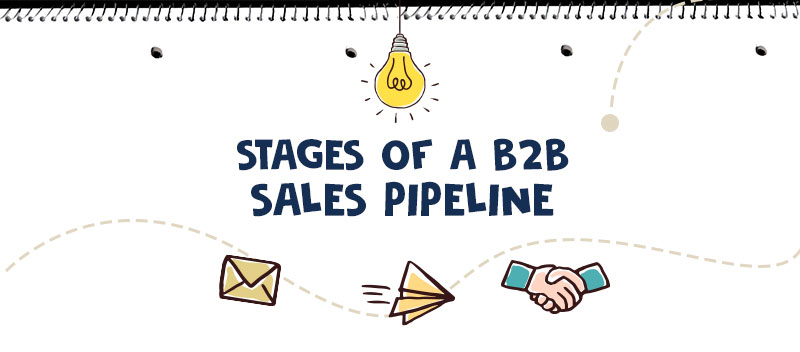
![Download Targeted B2B Marketing Guide, Checklists and Worksheets [Free eBook] CTA Download Targeted B2B Marketing Guide, Checklists and Worksheets [Free eBook] CTA](https://www.callboxinc.com/wp-content/uploads/2018/04/Download-Targeted-B2B-Marketing-Guide-Checklists-and-Worksheets-Free-eBook-CTA.png?x45460)
